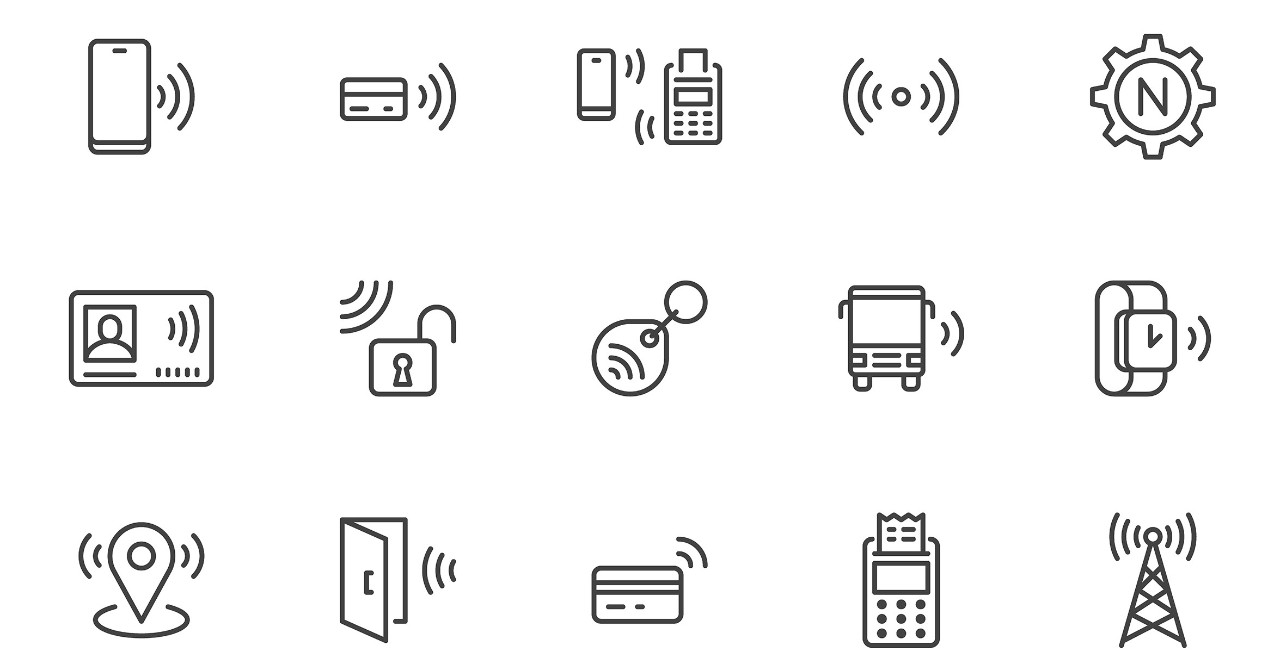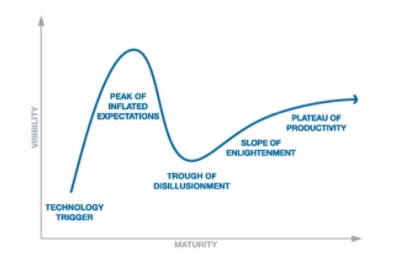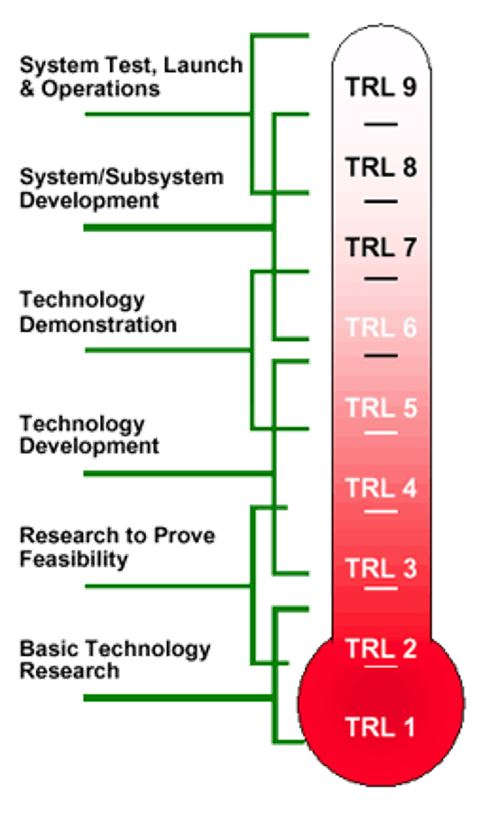Casella UK
Wolseley Rd, Kempston,Bedford MK42 7JY
+44(0)1234844100
info@casellasolutions.com

Maintaining a social distance in the workplace is a key part of staving off the spread of the COVID-19 virus. The development of social distancing (promixity) technology, which is intended to support the return of people to the workplace and to allay their legitimate concerns, is a relatively new concept as a direct response to the pandemic. Some in-service H&S monitoring products have specifically been re-purposed to alert wearers to the close proximity of fellow workers e.g. gas detectors and HAVs monitors but there are many sectors where there is no requirement for such devices, requiring a bespoke solution.
A webinar [1] by the American research, advisory and information technology firm Gartner, confirms that social distancing technology products and vendors are immature, given that many solutions have only been developed during the last 6 months or so. This infers that buyers should be cautious and we can all probably relate as either a private or business buyer, to technology solutions that get billed as the ‘best thing since sliced bread’, only to find you are potentially buying ‘vapourware’; software or hardware that has been advertised for sale but is not yet available to ship, either because it is only a concept or software is still being written and/or hardware is in the design phase.
The hype cycle shown in figure 1 is Gartner’s proprietary presentation used to represent the maturity, adoption, and social application of specific technologies. The hype cycle claims to provide a graphical and conceptual presentation of the maturity of emerging technologies through five phases. So what technology should be considered?

Figure 1: Hype Cycle
Firstly, there is a more objective method, first developed for estimating the maturity of technologies during the acquisition phase of a program, developed at NASA during the 1970s. The use of TRLs enables consistent, uniform discussions of technical maturity across different types of technology. A technology's TRL is determined during an assessment that examines concepts, technology requirements, and demonstrated technology capabilities. TRLs are based on a scale from 1 to 9 with 9 being the most mature. The US Department of Defense has used the scale for procurement since the early 2000s and by 2008 the scale was also in use at the European Space Agency (ESA) and is increasingly being adopted by diverse industries.
Choosing a technology which is at a high TRL is an obvious strategy to de-risk the development of any new product. This is certainly the case for social distancing solutions where the need is right here and now, unlike normal development of this kind which can often take 12-18 months or more. So, while Gartner is right in that products are still emerging, the underlying technology is very mature and reliably implemented in diverse applications, which gives the buyer confidence and include:
· WiFi infrastructure – tracks location by triangulating devices attached to or carried by wearers) and calculates proximity
· Radio frequency identification (RFID) - uses electromagnetic fields to automatically identify and track tags attached to objects. An RFID tag consists of a tiny radio transponder; a radio receiver and transmitter. When triggered by an electromagnetic interrogation pulse from a nearby RFID reader device, the tag transmits digital data, usually an identifying inventory number, back to the reader.
· Artificial Intelligence (AI) – visual systems deduce proximity by analysing video stream and may also analyse behaviour such as mask usage. Could also use audio analysis to detect coughing.
· Bluetooth – tracking infrastructure e.g. beacons, deduces proximity from the location of connected devices and signal strength
· Ultra-wide band (UWB) – uses radio frequencies, but at very high frequencies The ultra-wideband signals have a high bandwidth (e.g. 500 MHz) resulting in short pulses This allows distancing that’s accurate quick to respond to changes
· Smartphone apps – measures proximity in conjunction with Bluetooth or Ultra-wide band wearables and optionally exchange anonymous IDs

Figure 2: Technology Readiness Levels (TRL)
There are, however, pros and cons of any solution. Let us look at Bluetooth and UWB, which are amongst the two most common solutions being deployed for social distancing purposes.
Bluetooth is well known to most people as a connectivity option on their Smartphone or other media device. Bluetooth was launched in 1989 and a considerably lower energy version (BTLE), with the same communication range, in 2006. UWB by contrast is less well known but is as old as radio, first used in 1901 when Marconi sent morse code messages across the Atlantic Ocean using spark-gap radio transmission. Within fifty years, the defence sector started to utilise UWB, which provided the highest standards of secure and reliable communication. Once restricted to military use only and thanks to regulatory changes, it is now available for use in general data communication applications.
Narrowband technologies like Bluetooth (and WiFi) transmit signals in data packages, whereas UWB does the same thing but in a sequence of short pulses and uniquely, measures the distance between the sender and the receiver, a feature obviously of great benefit for social distancing applications. It does this by measuring the time of flight (between sender and receiver) which enables this.
Bluetooth by contrast measures the signal strength and converts that signal strength to a distance estimate which is a significantly less reliable measure of distance compared with UWB by at least an order of magnitude i.e. 10cm resolution versus 1 m or more. Many of the H&S products which have been re-purposed already used Bluetooth, which aided their speed to market but as well as being less accurate also suffers from variation in signal strength due to indoor effects. We have all experienced this effect in terms of a loss of connectivity when moving about an indoor space. A false or indeed no alarm is highly likely to adversely influence people’s faith in any solution.
UWB by contrast is reliable and accurate as well as being low power and low cost, so a natural choice for peer-to-peer proximity applications as well as tracking using minimum additional infrastructure, known as anchors (the UWB equivalent of Bluetooth beacons). The speed of response in UWB combined with its accuracy and low power requirement makes it the technology of choice for a wearable sensor for social distancing.
Technology is an essential part of an overall COVID-secure solution requiring education and awareness, change to workspaces and working practices, considering airflow and humidity issues and cleaning/disinfection, to be fully effective. There are obvious costs involved with a technology implementation but equally a corresponding productivity benefit which will be explored in a subsequent article.
1. Gartner Webinar: Covid-19 social distancing technologies and tactics, September 2020